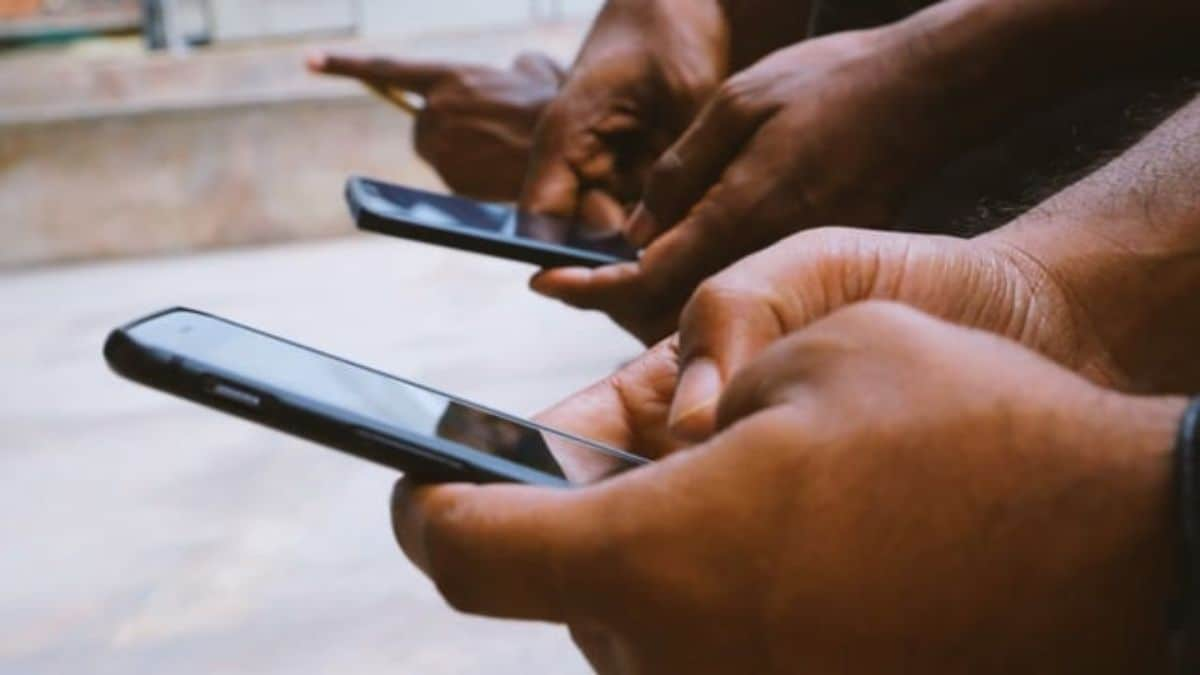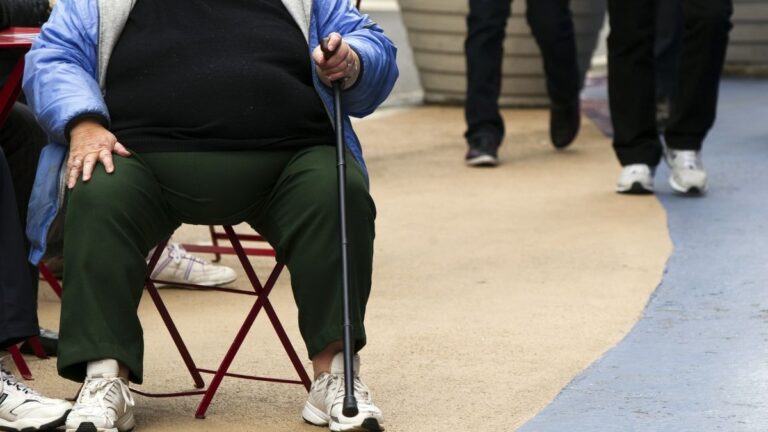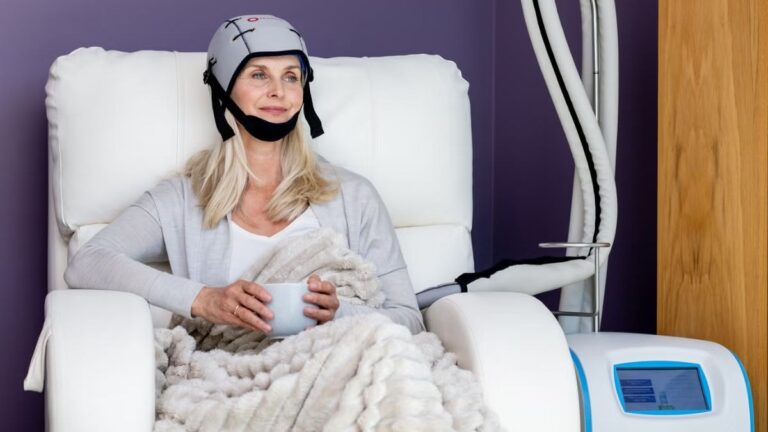In the age of endless scrolling, short-form video content like Instagram Reels, YouTube Shorts and TikTok has woven itself into the daily routine of millions, especially teenagers and young adults. While these clips may seem harmless entertainment, experts warn that compulsive consumption can lead to what is now increasingly referred to as ‘reels addiction.’ Characterised by shrinking attention spans, disrupted sleep, emotional volatility, and a noticeable decline in academic and social functioning, this compulsive digital overconsumption is fast emerging as a pressing mental health concern.
Firstpost talked to Dr. Sameer Malhotra, Director and Head, Department of Mental Health and Behavioral Sciences, Max Super Speciality Hospital (Saket) to understand the clinical definition of reels addiction, its psychological impact and red flags to watch out for and the therapeutic interventions that can help those struggling to break free from the scroll.
What exactly is ‘Reels addiction,’ and how do you clinically define it?
‘Reels addiction’ refers to compulsive or excessive consumption of short-form video content, like Instagram reels, YouTube Shorts, or TikTok videos, often to the detriment of mental, social, academic, or occupational functioning.
While it’s not formally recognised as a standalone disorder in the DSM-5 or ICD-11, it can be considered under “Problematic Internet Use” or “Social Media Addiction.”
How is short-form content like reels different from other screen-based activities in terms of psychological impact?
Reels and similar content are:
• Highly stimulating (fast-paced, flashy, unpredictable).
• Extremely brief, often under 60 seconds, promoting constant novelty.
• Algorithmically tailored to user behavior, maximising dopamine hits.
Compared to watching a movie or reading online, reels offer instant gratification, making them more habit-forming and less cognitively engaging.
What age groups are most vulnerable to reels or short video addiction and why?
• Teens and young adults (13–25 years) are the most vulnerable.
• Reasons include:
• Developing brain reward systems.
• Higher need for peer validation and social comparison.
• Lack of impulse control due to an immature prefrontal cortex.
• More time spent online and on social media.
What are the mental health consequences of excessive reels consumption—especially in teens and young adults?
• Increased anxiety and depression (due to comparison, FOMO).
• Lower self-esteem (especially in adolescents).
• Reduced emotional regulation.
• Sleep disturbances, fatigue, and academic decline.
• Dopamine burnout, leading to a need for constant stimulation.
How does Reels addiction affect attention span, memory, and sleep patterns?
• Attention span shrinks, as the brain adapts to rapid changes in content.
• Working memory weakens, as information is passively consumed, not deeply processed.
• Blue light exposure and overstimulation delay melatonin production, disrupting sleep cycles.
• May lead to insomnia or fragmented sleep.
How does Reels addiction impact real-life social interaction and productivity? Is there a link between short-form content addiction and anxiety, depression, or loneliness?
Yes:
• Reduced face-to-face interaction; preference for virtual validation.
• Lower academic/work productivity due to constant distraction.
• Social anxiety, loneliness, and Depression increase as real relationships weaken.
• People often feel guilt and shame, creating a negative loop of withdrawal and compulsive use.
Are there any signs that parents, teachers, or individuals themselves should look out for?
Look for:
• Inability to stop watching Reels despite trying.
• Neglect of responsibilities, sleep, or hygiene.
• Irritability when not using the app.
• Social withdrawal.
• Lying about screen time.
• Decline in academic or job performance.
• Emotional numbness or excessive emotional reactivity.
Does the ‘dopamine loop’ play a role in making Reels so addictive?
Absolutely. The dopamine loop is central:
• Each swipe gives a reward (funny/novel content).
• The brain releases dopamine, reinforcing the behavior.
• Over time, tolerance builds, and users need more stimulation to feel the same pleasure—just like in substance addiction.
Is Reels addiction officially recognised as a disorder in any diagnostic manual, or is it categorised under broader internet addiction?
It is not officially classified as a standalone disorder. However:
• “Internet Gaming Disorder” is in the DSM-5 as a condition for further study.
• Reels addiction is generally categorised under Social Media Addiction or Problematic Internet Use in clinical contexts.
How should someone know it’s time to seek help for short-form content addiction?
When:
• Usage interferes with school, work, relationships, or mental health.
• The person feels out of control.
• There are withdrawal-like symptoms (irritability, anxiety, restlessness).
• There’s no joy in offline activities.
• Attempts to cut down have failed repeatedly.
What kind of therapies or interventions work best—CBT, digital detox, or mindfulness, for instance?
• Cognitive Behavioral Therapy (CBT): Helps restructure thought patterns and reduce compulsive use.
• Digital detox: Short, structured breaks help reset dopamine responses.
• Mindfulness-Based Therapy: Improves awareness and emotional regulation.
• Behavioral contracts, screen-time tracking apps, and habit replacement strategies are also useful.
What are some practical strategies to reduce screen time without causing withdrawal or distress?
• Set app timers or use focus modes.
• Gradually reduces use (not cold turkey).
• Replace usage time with engaging offline activities.
• Turn off notifications.
• No-phone zones or hours (e.g., during meals or one hour before bed).
• Accountability buddy or screen time tracking with rewards.
Can Reels be used positively—say for mental health awareness or learning—or are the risks too high?
Yes, Reels can have positive uses:
• Mental health education, awareness campaigns, peer support.
• Bite-sized learning videos, fitness routines, or motivational content.
The key is intention and moderation. When content is mindfully curated and consumed, it can be enriching not harmful.
How can parents and educators balance regulation and freedom when it comes to kids using social media?
• Open conversations instead of punishment.
• Set collaborative screen-time rules.
• Encourage critical thinking about media.
• Monitor apps, but avoid surveillance that destroys trust.
• Promote tech-free hobbies and offline bonding.
• Model healthy screen habits themselves.
Also encourage healthy activity schedules including physical sports, exercises, constructive hobbies and healthy sleep-wake schedules
























